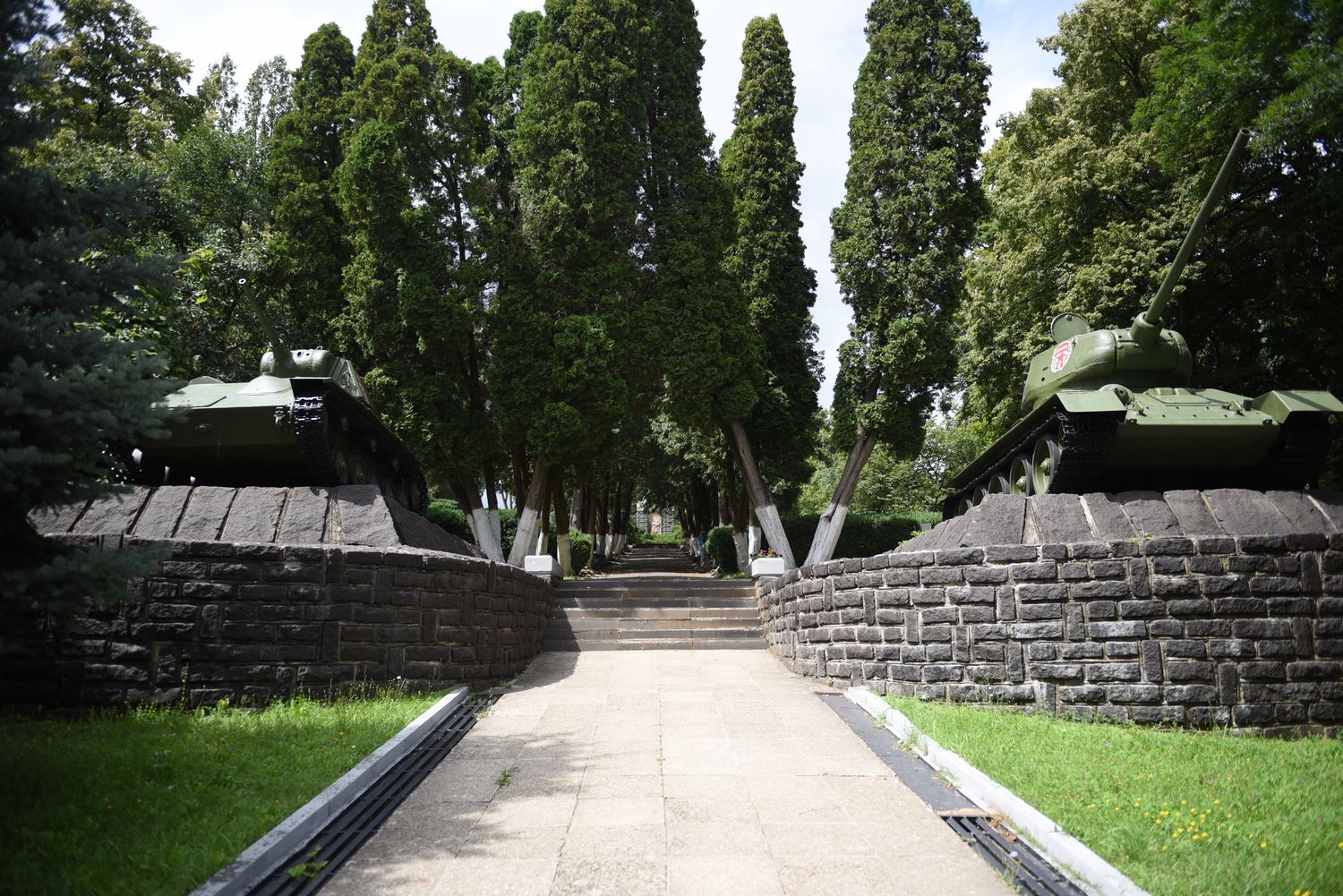The name “Calvary” is translated from the Latin as “a bowl of a corpse.” It is considered as the cross of Christ, his torment that is why there are chapels on Calvary, symbolizing his way. The very first city cemetery, which appeared in the sixteenth century, was located in the modern Castle Hill. The castle servants and warriors were buried there, however rulers and noble citizens were buried in the church crypt in the castle. A new cemetery arose near the Dobriansky Street but it was constantly filled with water of Small Uzh, so the city needed a new cemetery. Calvary arose in the second half of the eighteenth century, when Transcarpathia was a part Austria. This is the largest and oldest cemetery in Uzhgorod. One of the instructions of Emperor Joseph II was a ban on burying people on territories near churches (1783). One of the first people buried in Calvary was Gabor Doiko – Hungarian poet (1769-1796). There was also a family burial of Kozar, who were founders of a plant for the production of iron items. Also there is the grave of Andrew Novak (1849-1940) – the founder of the regional hospital.

